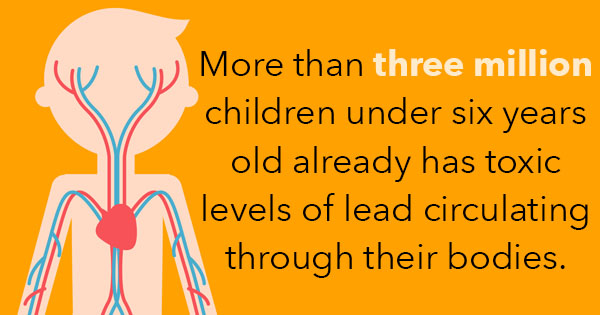 Lead is a well-known hazard, especially in children. Lead poisoning and exposure can lead to lifelong disabilities, such as learning disabilities, delayed speech, and hearing loss.
Lead is a well-known hazard, especially in children. Lead poisoning and exposure can lead to lifelong disabilities, such as learning disabilities, delayed speech, and hearing loss.
More than three million children under six years old already have toxic levels of lead circulating through their bodies, and many parents may be unaware. Lead paint has been banned for use in homes, dishware, and toys in the United States, but many toys on the shelves were made in other countries without lead regulations. Additionally, lead has not been banned for use in plastics. While children are younger, they tend to put objects in their mouths. If a toy contains lead, the child is subject to lead exposure.
How can I tell if a toy contains lead?
EPA lead certified laboratories are the only places that can accurately test for lead. Home kits are available. However, these kits do not measure the amount of lead in the toys, and the accuracy of these kits have not been determined.
What kind of toys contain lead?
Lead is perfectly legal in plastic, which is used in plenty of toys worldwide. Plastic retains its natural shape with the help of lead, which softens the material to make it more flexible.
Plastic toys can be especially dangerous in the sunlight, because sun and air can cause the bond between the plastic and lead components to break apart, forming dust. It’s best to bring in and wash plastic outdoor toys between playing with them, and toss away toys that have started to fall apart.
What to do if you are concerned about your child’s exposure?
If you believe that a toy that your child has been playing with contains lead, remove it immediately. A blood test is the only way to be sure if your child has high lead levels. If the condition is caught early, lead poisoning can be treated with medicine. However, its long-term effects are incurable.
What else should I know about lead?
Although lead paint has been banned in the U.S., some homes do still have lead paint inside them. If have an older home and you’re not sure if it has ever been evaluated or undergone lead-based paint abatement, you should contact a contractor who has gone through lead renovator training.
Lead renovator training is required of all RRP (Renovation, Repair, and Painting) workers. EPA lead certification courses are available online, making them easily accessible and allowing contractors to easily ensure their workers’ knowledge and capabilities regarding lead abatement.

